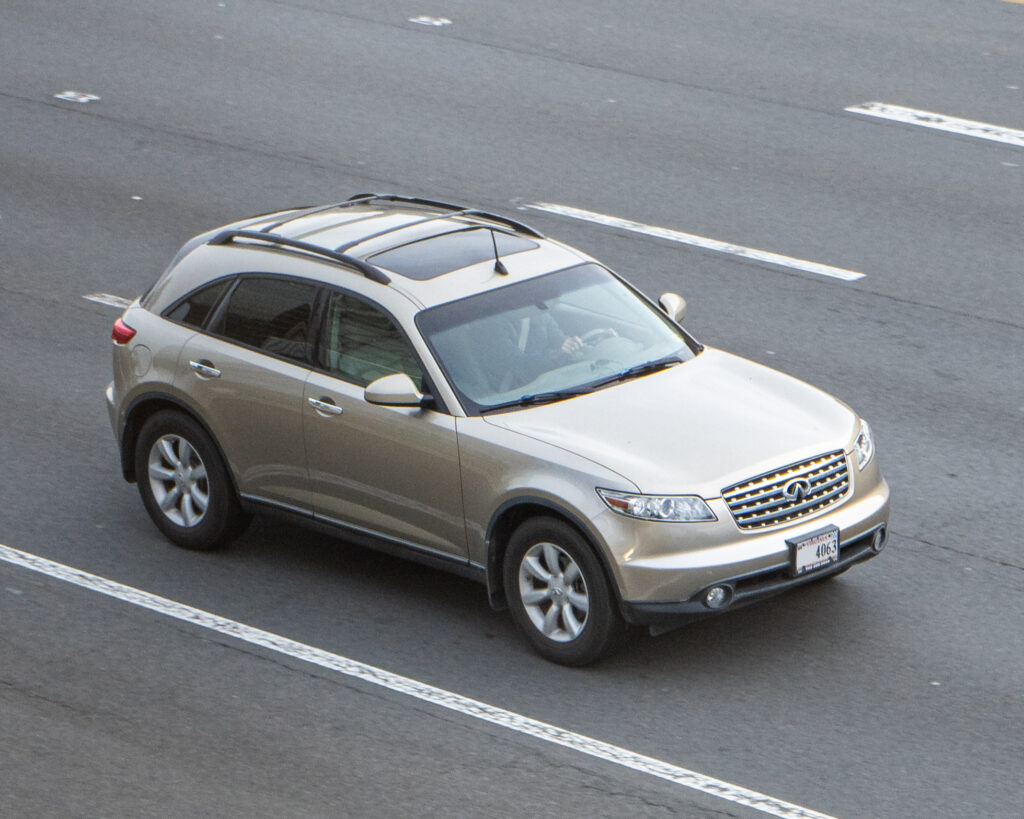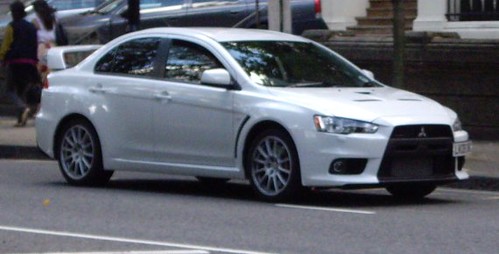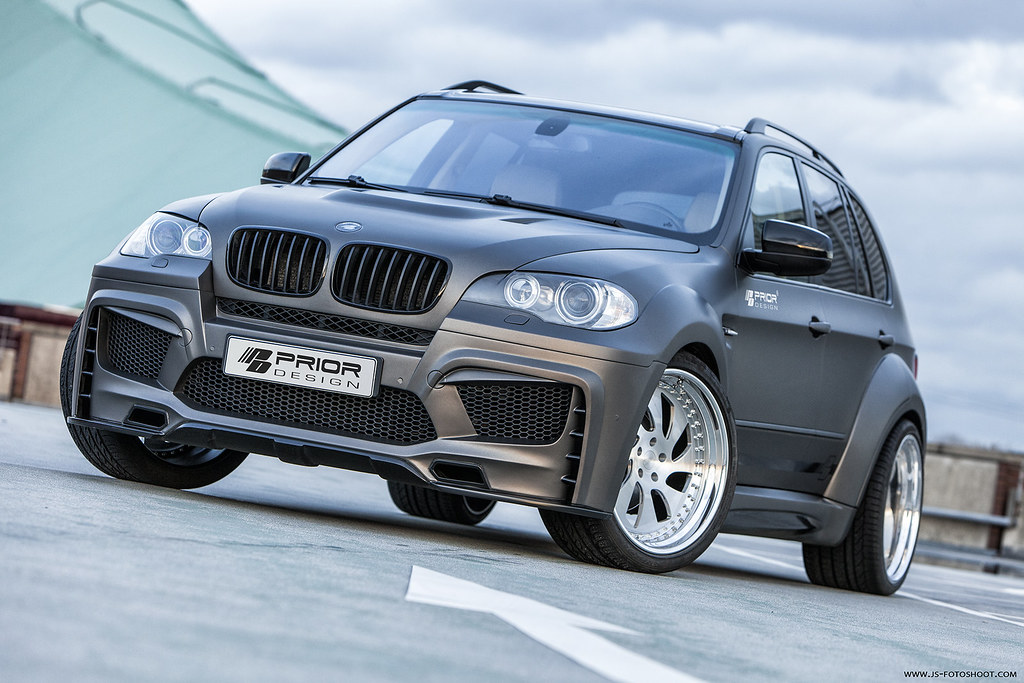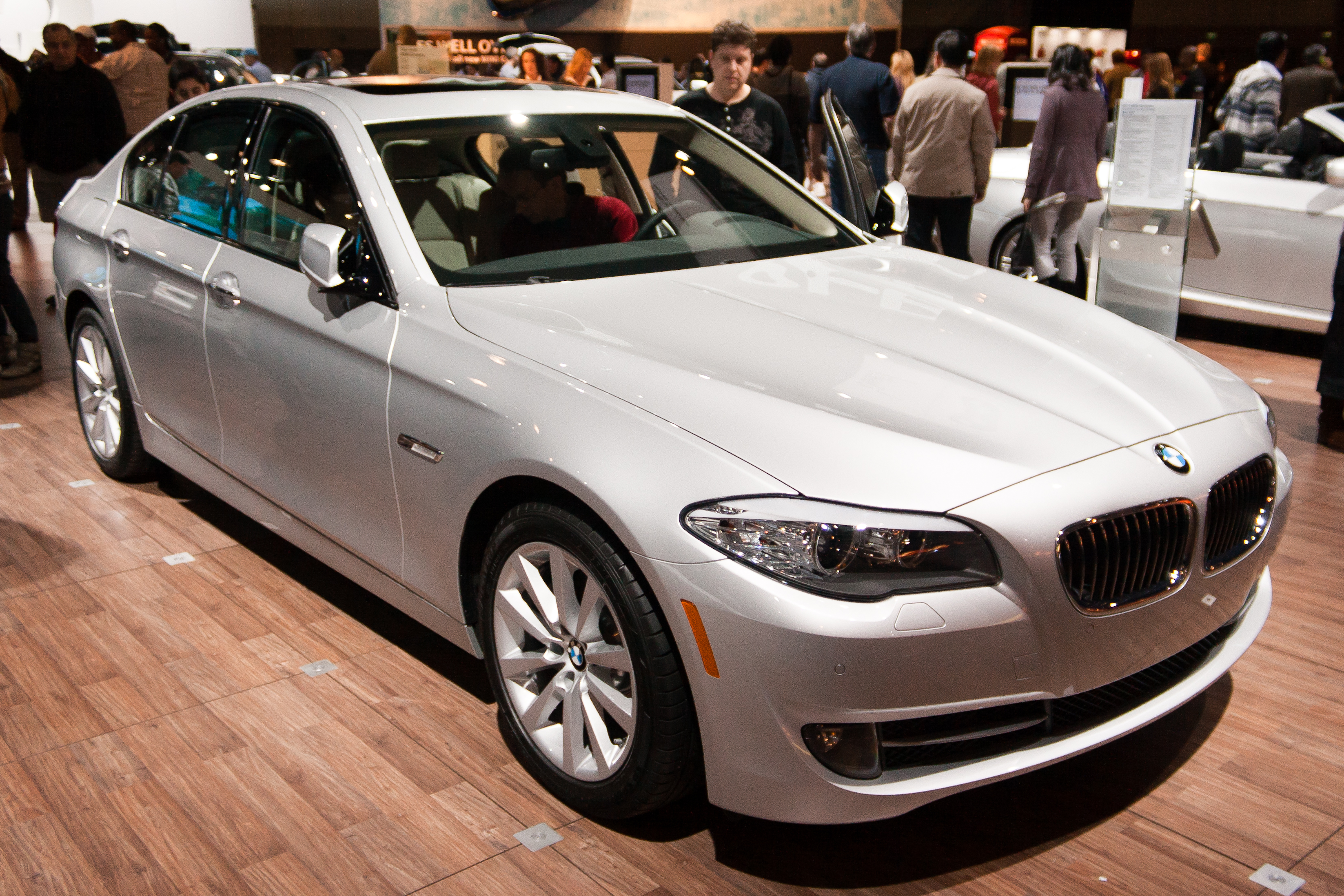
Japanese cars have long enjoyed an almost mythical reputation as the gold standard for reliability in the global automotive market. Generations of drivers have trusted brands like Toyota and Honda to deliver dependable, long-lasting performance with minimal time spent in the repair shop. This ingrained perception has, for many, made a Japanese badge synonymous with peace of mind on the road. However, as the automotive landscape evolves, driven by new technologies and more rigorous testing methodologies, it’s becoming increasingly clear that past stereotypes alone are no longer sufficient to guide today’s purchasing decisions.
In an era where data-driven insights from independent bodies like Consumer Reports and JD Power hold more sway than ever, consumers are empowered with real-world feedback on vehicle performance. These comprehensive studies, which emphasize vehicle performance in the first three years of ownership, provide invaluable, unbiased perspectives that cut through marketing claims. This critical shift means that even historically trusted marques are now subject to intense scrutiny, and some are, surprisingly, falling short of expectations.
Indeed, 2025’s reliability rankings reveal a concerning trend: the industry average for vehicle problems has climbed by 6%, reaching its highest level since 2009. This broad decline impacts automakers across the board, but what’s particularly striking is the emergence of several Japanese brands on the list of least reliable vehicles. For savvy car buyers prioritizing freedom from breakdowns and lower lifetime costs, understanding these shifts is paramount. Here, we delve into three Japanese brands that have shown significant vulnerabilities, outlining the specific issues that have landed them in the spotlight for all the wrong reasons.

1. **Nissan: CVT Concerns and Electrical Woes**Nissan, a name once strongly associated with mass-market appeal and innovation, has found itself in the news frequently over the last year, and unfortunately, for all the wrong reasons. The brand’s struggles extend beyond reliability reports, touching on significant corporate challenges. In May, CBS News reported a considerable global workforce layoff, impacting 15% of its employees—roughly 20,000 individuals—following a substantial $4.5 billion loss in the previous year. Just a few months prior, Moody’s downgraded Nissan’s stock rating to what is broadly termed “junk” status, reflecting serious financial pressures that can often ripple into product development and quality control.
At the core of many consumer complaints and expert warnings are Nissan’s continuously variable transmissions (CVTs). Alex Black of car research platform EpicVIN explicitly explained that “Nissan experienced a string of CVT transmission issues that continue to plague it to this day.” Owners frequently complain about their vehicles “jerking, slipping or requiring full replacements far earlier than they should.” These transmission problems are not isolated incidents but rather a systemic issue, with mechanics describing some Nissan models as “ticking time bombs” because of these well-documented failures, often occurring well before the 100,000-mile mark. The cost and inconvenience of such major repairs significantly detract from the ownership experience.
The widespread nature of these mechanical issues has severely impacted Nissan’s standing in crucial reliability surveys. Sure enough, Nissan ranked dead last among Japanese automakers in this year’s reliability rankings from Consumer Reports, an independent assessment highly valued by consumers. This low ranking from such an authoritative source signals significant and consistent problems across the brand’s lineup. Furthermore, the WhatCar‘s latest reliability survey positioned Nissan as fourth among the least reliable car companies in the world, placing it alongside brands with notoriously dubious dependability records such as MG, Alfa Romeo, and Vauxhall.
Beyond transmissions, consumers and experts alike have also flagged other persistent issues. Some Nissan owners have complained about malfunctioning sensors and non-responsive push-button ignitions, pointing to potential electrical system vulnerabilities. These issues, while perhaps less catastrophic than CVT failures, still contribute to a frustrating ownership experience and erode trust in the brand’s overall build quality. Given these concerns, the annual maintenance of Nissan vehicles can often be expensive, with ownership costs frequently above average, making a strong case for prospective buyers to ask a trusted mechanic about common repair costs for specific models before committing.
Read more about: Buyer’s Remorse on Wheels: 15 Cars Owners Seriously Regret Driving Off the Lot

2. **Infiniti: Luxury Branding, Shared Liabilities**In the competitive automotive market, Asian car companies shrewdly recognized an opportunity to command higher prices for their premium vehicles by establishing separate luxury brands. This strategy birthed revered names like Toyota’s Lexus, Honda’s Acura, and Hyundai’s Genesis. Nissan followed suit with Infiniti, creating a luxury division intended to offer a more refined and feature-rich driving experience. However, despite the distinct badging and elevated aesthetics, Infiniti unfortunately inherits many of the same reliability challenges that beset its parent company, Nissan. This is a critical point for consumers to understand, as the perception of luxury does not necessarily equate to superior dependability in this instance.
The fundamental reason for this shared vulnerability lies in the manufacturing process itself. As the context clearly states, Infinitis “are manufactured in the same factories, with the same parts and processes” as their Nissan counterparts. They simply “get stamped with a different logo.” This means that many of the core components, particularly those mechanical and electrical systems, are identical or very similar to those found in Nissan vehicles. Consequently, the pervasive issues reported in Nissan models, especially those related to continuously variable transmissions (CVTs), frequently manifest in Infiniti vehicles as well, making them susceptible to premature failures and costly repairs that undermine the luxury promise.
Andrey Smirnov, owner of Silverstone Auto Spa, a professional who regularly encounters these vehicles, sees these problems firsthand. He candidly observes that “Infinitis have more problems than their competitors, especially on the electrical side.” This highlights a specific area where Infiniti models tend to struggle, potentially due to the increased complexity often associated with luxury vehicles. While luxury brands aim to integrate more advanced technology and sophisticated features, these additions can inadvertently introduce more points of failure, particularly if the underlying engineering or component quality is not robust enough to support them reliably over time.
Smirnov further elaborates on this point, noting that “Engineering simplicity and reliability go hand in hand, and Infiniti makes more complex cars than other Japanese brands.” This expert insight suggests that the very pursuit of a premium experience, which often involves more intricate electrical systems and advanced infotainment, could paradoxically be a contributing factor to their reliability woes. When more complex systems are built upon a foundation already facing challenges, the propensity for issues can multiply. Therefore, for those considering an Infiniti, it’s not enough to admire the luxurious exterior; a deeper dive into its underlying mechanics and electrical architecture, alongside its Nissan heritage, is essential to avoid potential headaches.

3. **Mitsubishi: Stalling in a Rapidly Evolving Market**Mitsubishi, a brand with a long and storied history in the automotive world, has undeniably faced its share of significant struggles over the past few years, signaling a troubling decline in its market relevance and product reliability. The automaker has repeatedly missed its profit forecasts, consistently adjusting projections lower, reflecting a challenging financial landscape. Last year, the company reported a dramatic 76% drop in profits, followed by another substantial 26% drop reported in May of this year by Reuters. These financial difficulties often directly correlate with decreased investment in research, development, and quality control, ultimately impacting the end product.
Adding to its woes, Motor1 reported that Mitsubishi entirely ceased shipping cars to the U.S. amidst President Donald Trump’s tariffs, a move that severely hampered its presence in a crucial global market. This retreat from a major market underscores the brand’s struggle to compete and adapt. When examining the technical aspects, Alex Black, from car research platform EpicVIN, pointed to fundamental weaknesses: “Mitsubishi has problems with aged technology and low-cost components.” This deficiency means that many of its offerings simply cannot keep pace with the advancements and expectations of modern drivers. Black further elaborated, stating, “Many analysts argue they’ve failed to remain current — both in driving performance and long-term reliability.”
The lack of modern technology and the reliance on lower-cost components inevitably translate into tangible reliability issues. Alan Gelfand of German Car Depot corroborated these concerns, remarking, “We’ve seen plenty of reported CVT transmission issues, on top of build quality concerns.” The mention of CVT transmission problems again highlights a recurring theme among the less reliable Japanese brands, suggesting a broader struggle with this particular technology within certain segments of the industry. These build quality issues manifest as owners reporting problems in critical systems, such as the drivetrain and electrical components, often within the first few years of ownership.
Mitsubishi’s struggles have been so profound that its presence in major reliability reports has diminished significantly. It has “grown so irrelevant as a brand in the U.S. that Consumer Reports didn’t even include it in its annual reliability report,” a telling sign of its marginalization. However, when it was included in JD Power‘s 2025 dependability report, Mitsubishi ranked last among all Japanese carmakers, definitively placing it at the very bottom. For prospective buyers, this means more than just inconvenience; reliability experts warn that while warranties might cover early defects, “frequent visits to the shop can still be costly and time-consuming.” Therefore, if considering a Mitsubishi, “budgeting extra for maintenance and repairs may be wise” to prepare for the increased likelihood of issues.
Even as some Japanese automakers grapple with significant challenges, it’s crucial for consumers to recognize that the automotive landscape is dynamic. Brands that once enjoyed an unblemished reputation for dependability are now confronting new hurdles, often linked to evolving technologies and changing market demands. This section will delve deeper into three more Japanese brands, exploring how even traditionally reliable names are facing unexpected weaknesses, build quality concerns, and the critical implications these shifts have for today’s discerning car buyers.

4. **Honda (Acura Wounds?) – A Surprise on the List**Honda has long been synonymous with bulletproof reliability, a name often topping charts for dependability and delivering consistent, long-lasting performance. This well-earned reputation has made Honda vehicles a go-to choice for generations of drivers prioritizing peace of mind. However, 2025’s reliability studies present a nuanced picture, suggesting that even this traditionally trustworthy brand is not entirely immune to the challenges plaguing the broader automotive industry. While Honda often remains a strong contender, certain newer models are reportedly slipping in dependability rankings, which is an unexpected shift for many consumers.
The primary culprits behind these emerging concerns appear to be the increasing sophistication of vehicle technology. Modern cars, including those from Honda, are equipped with high-tech infotainment systems and increasingly complex engine designs, which, while offering enhanced features and performance, can also introduce new points of failure. These advanced systems demand robust engineering and rigorous testing to maintain long-term reliability. When these intricate components falter, they can lead to frustrating and potentially costly issues for owners.
In fact, both Consumer Reports and JD Power, leading authorities in vehicle dependability, have flagged early electrical or transmission concerns in a few 2023–2024 Honda models. These findings are significant because they come from independent, data-driven assessments based on real-world owner feedback during the crucial first three years of ownership. Such reports underscore that the reputation of a brand, no matter how strong, needs to be continuously validated by current performance data, especially as vehicle designs become more intricate.
For consumers, this shift means that the historical assumption of Honda’s unwavering reliability requires careful re-evaluation. While many Honda models still uphold the brand’s legacy of dependability, prospective buyers are advised to conduct thorough research into specific models and model years, paying close attention to any reported issues regarding electrical systems or transmissions. Consulting independent reliability studies and seeking input from trusted mechanics on common problem areas for newer Honda vehicles can provide invaluable insights before making a purchase.
Ultimately, Honda remains a formidable force in the automotive market, lauded for its fuel-efficient and lightweight cars, and overall durability. Yet, the signals from 2025’s reliability reports serve as a reminder that no brand is infallible. The message for consumers is clear: leverage current, unbiased data to ensure that your next Honda purchase aligns with the brand’s enduring reputation for quality, rather than relying solely on past accolades that might not reflect every aspect of its evolving lineup.

5. **Suzuki: Facing Scrutiny for Build Quality and Design**Suzuki, a brand with a notable presence in various global markets, particularly in Asia, has garnered attention for offering budget-friendly vehicles, making car ownership accessible to a wide demographic. However, this focus on affordability appears to come with significant trade-offs, particularly in the critical areas of build quality and safety. Independent assessments and user feedback have compelled its inclusion on lists of less reliable car brands, raising red flags for prospective buyers who prioritize long-term dependability and structural integrity.
A primary concern frequently cited by owners and experts revolves around Suzuki’s build quality, which has been described as “terrible” in some assessments. This fundamental weakness directly impacts vehicle performance in crucial scenarios, notably crash tests. A car’s ability to protect its occupants in an accident is paramount, and if build quality is compromised, so too are safety features, regardless of their nominal inclusion. The implication is that while the initial purchase price might be attractive, the hidden cost could be inadequate protection when it matters most.
Beyond immediate safety, the perceived “crappy build quality” extends to the overall ownership experience. Consumers often report issues stemming from the use of low-cost components, which can lead to premature wear and tear or unexpected failures. This not only detracts from the driving experience but also contributes to higher lifetime ownership costs through frequent repairs. For budget-conscious buyers, this paradox—where an affordable initial outlay leads to greater expenses down the line—can be particularly frustrating.
Furthermore, Suzuki owners, particularly those in markets like the U.S. and Europe, often face difficulties in sourcing spare parts. This logistical challenge can transform a relatively minor repair into a significant headache, prolonging vehicle downtime and increasing repair expenses. Such issues directly contradict the expectation of convenience and cost-effectiveness often associated with Japanese brands, undermining consumer confidence in Suzuki’s long-term viability as a dependable vehicle choice.
In addition to these functional concerns, some critiques also point to Suzuki’s “mundane and boring design.” While aesthetics are subjective, a lack of contemporary design innovation can contribute to a vehicle’s perceived overall value and desirability. For consumers, the combination of compromised build quality, potential safety concerns, and uninspiring design elements makes a compelling case for exercising caution. A thorough investigation into specific models, including crash test ratings and the availability of parts, is essential before considering a Suzuki purchase.

6. **Subaru: Gasket Problems and Rising Repair Costs**Subaru, globally recognized as the twenty-first largest automaker, has cultivated a strong following due to its distinctive “exceptional combination of boxer engines and all-wheel drive.” For many years, these features translated into a reputation for robust performance, excellent handling, and reliability, particularly in adverse weather conditions. However, recent analyses and owner feedback suggest that, like other brands, Subaru’s reliability score has experienced a downturn, leading to consumer concerns regarding specific mechanical issues and higher repair costs for certain models.
At the heart of many complaints are the engines, with “gasket problems” being a particularly recurring issue across almost every model. Gasket failures can lead to various problems, including oil leaks, overheating, and reduced engine performance, all of which necessitate costly and time-consuming repairs. This represents a significant deviation from the expected longevity and trouble-free operation often associated with Subaru’s renowned boxer engines, directly impacting the brand’s perceived dependability and increasing ownership burden.
In addition to gasket issues, consumers have also reported that Subaru engines can be “pretty noisy,” which, while perhaps not a critical functional flaw, certainly detracts from the driving experience and suggests underlying mechanical stress or design imperfections. Furthermore, concerns about “fuel pump failure” and “defects in the brake light switch” highlight other areas where components may not be holding up to the brand’s traditional standards, potentially leading to safety risks and unscheduled shop visits.
Compounding these mechanical challenges is the feedback from consumers regarding the “very high repair cost” for some Subaru models. While reliability experts often warn that warranties may cover early defects, frequent visits to the shop, even for covered items, can still be costly due to time lost and potential out-of-pocket expenses for related issues or maintenance. This elevates the overall cost of ownership, making a seemingly reliable choice less appealing over the long term, and necessitates a more substantial emergency fund for maintenance.
Despite these emerging concerns, it is worth noting that some reports still acknowledge Subaru’s overall strength in reliability, often citing its commitment to mechanical simplicity and longevity. However, for potential buyers, the contradictory nature of these reports underscores the importance of digging deeper. It is crucial to research model-specific data, including common problems, average repair costs for those issues, and the experiences of other owners, to make an informed decision that balances Subaru’s historical strengths with its current reported weaknesses.
Read more about: Beyond the Horsepower: Unveiling 15 Car Brands with Engines Built for the Long Haul
As we conclude our comprehensive look at Japanese car brands facing reliability challenges in 2025, it’s clear that the landscape is shifting. While Japanese engineering continues to offer many compelling options, the days of blanket assumptions about unwavering reliability are behind us. The proliferation of advanced technology, coupled with the pressures of cost and market competition, means that even established giants can stumble. For consumers, the key takeaway is empowerment through information: always consult data-driven reliability reports, scrutinize model-specific details, and engage with trusted automotive experts. By doing so, you can navigate the market with confidence, ensuring your next vehicle provides the dependable, stress-free ownership experience you deserve.



